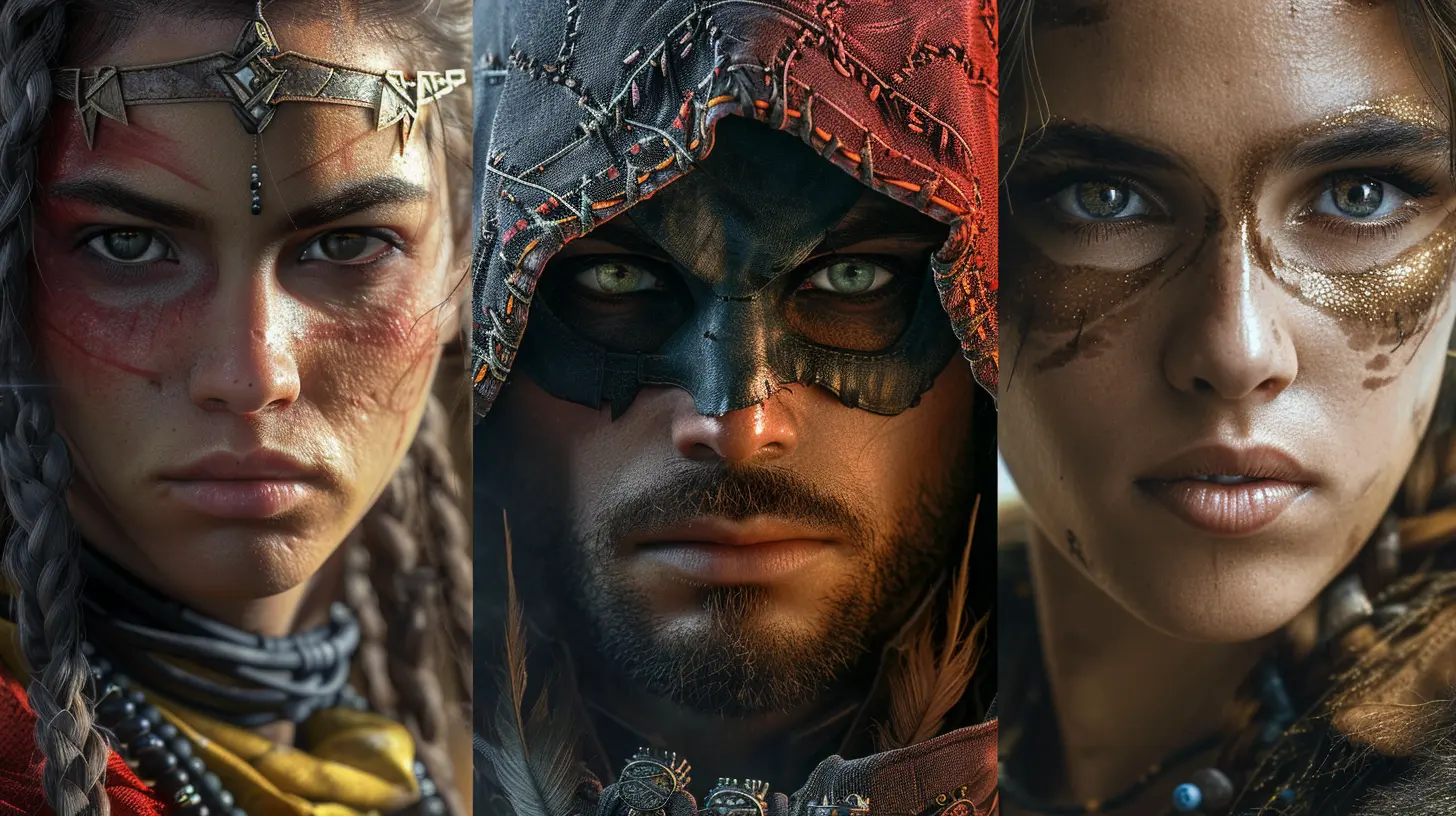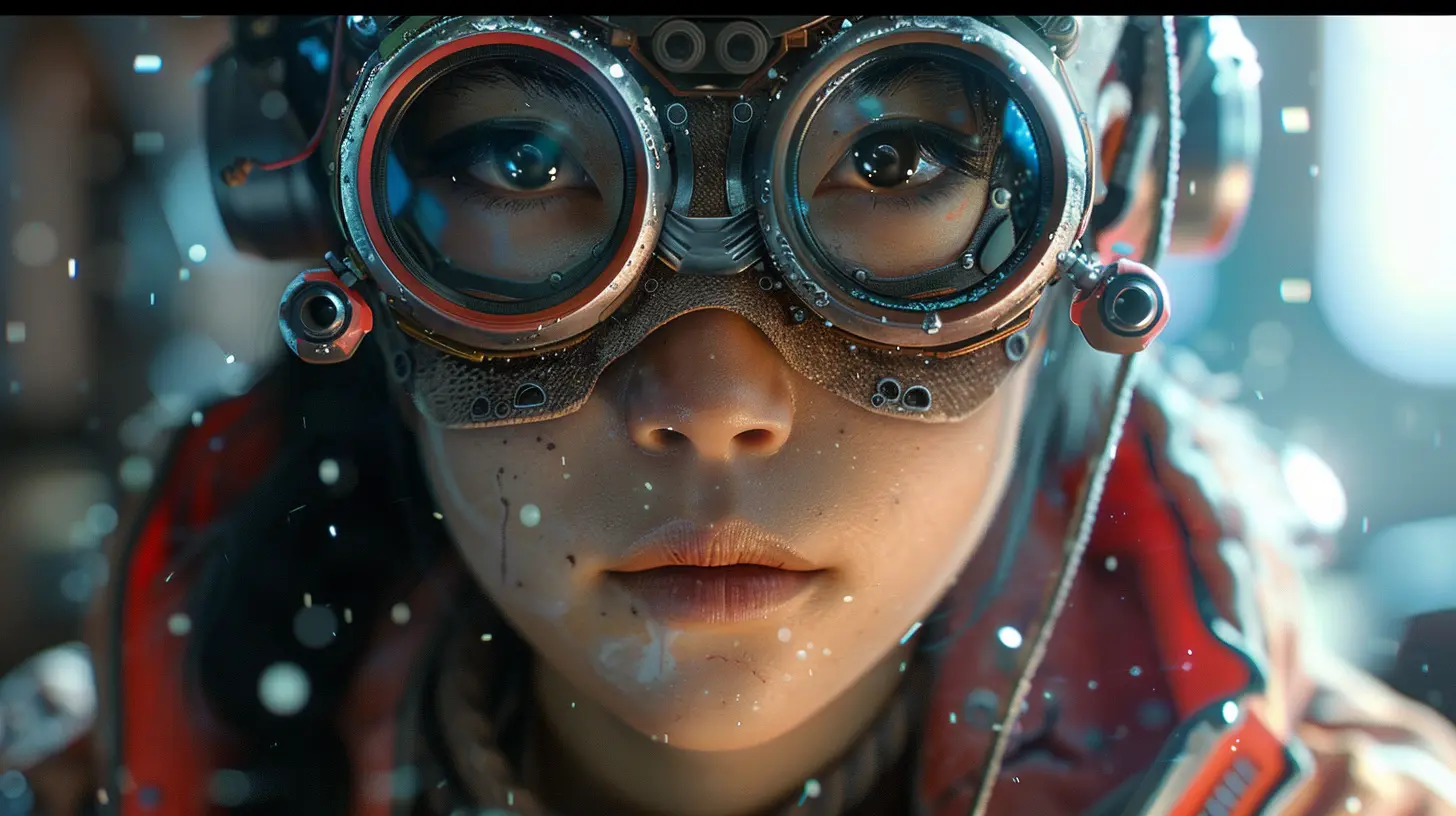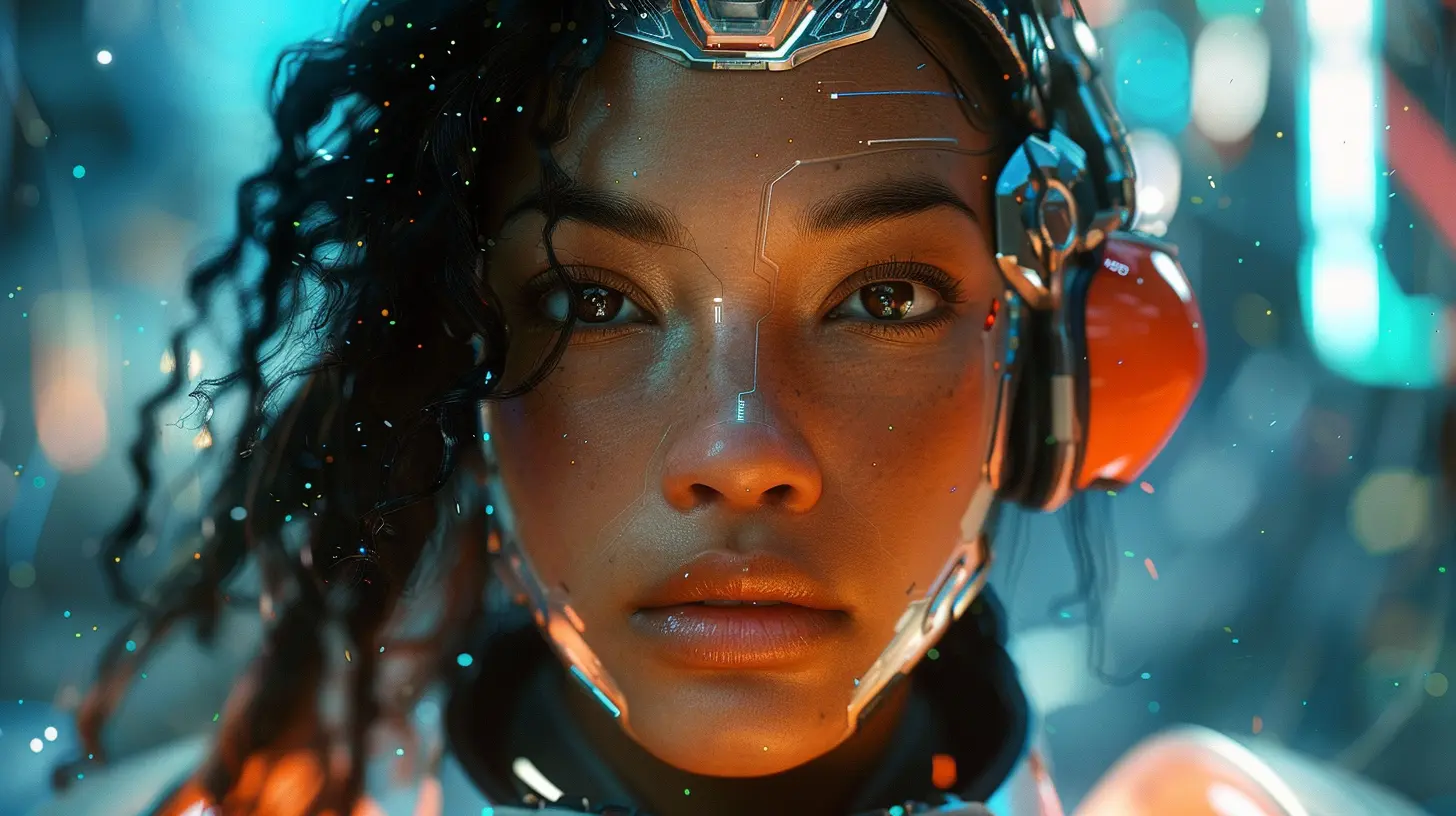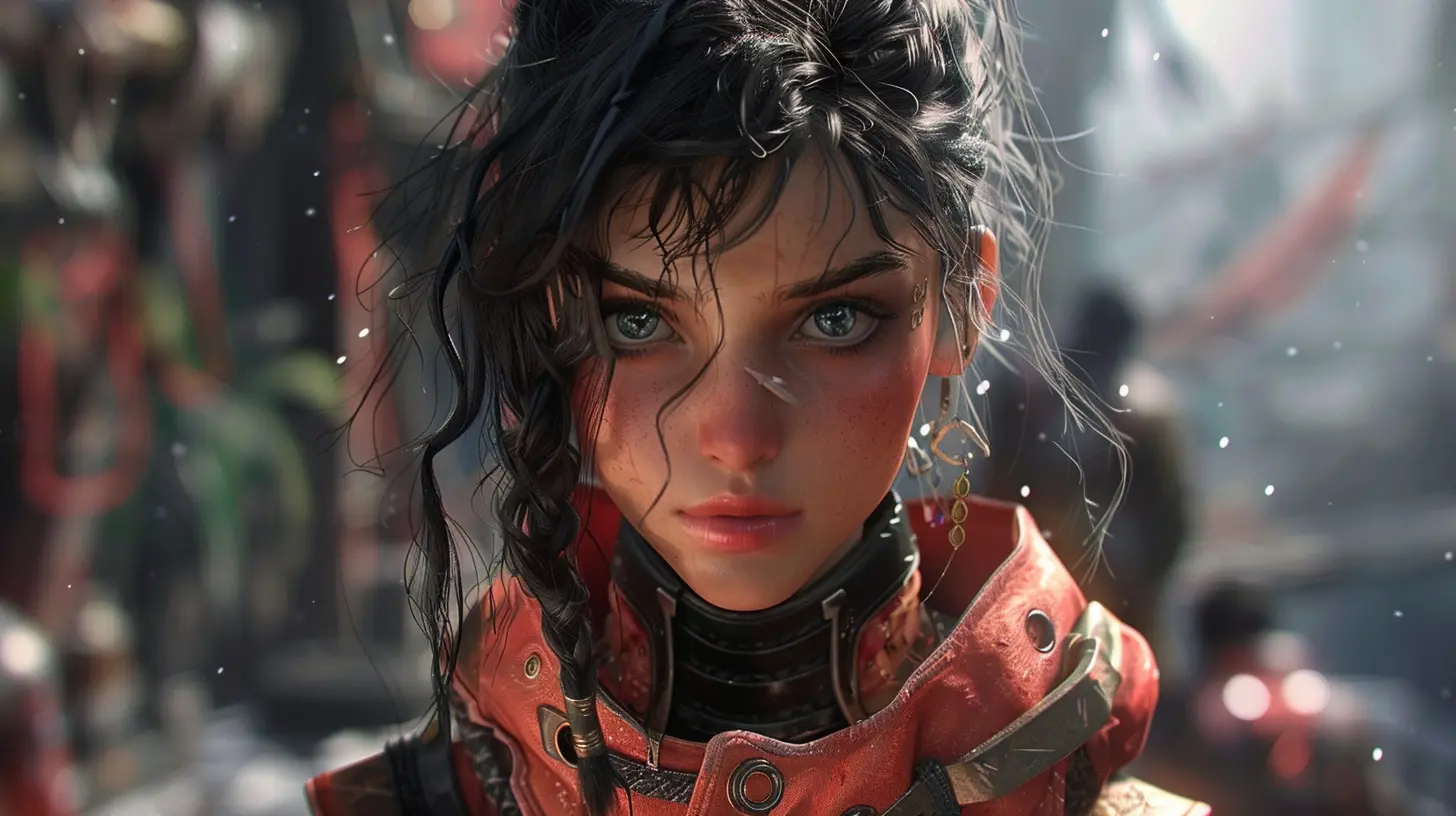The Future of Character Customization: Predicting Upcoming Trends
19 July 2025
Character customization in video games has come a long way from picking between just a few outfits or choosing a pre-set hairstyle. Today, it's more than just changing a pixelated face—it's about creating a digital reflection of ourselves or even someone we'd love to be. But what lies ahead? Where is character customization headed? Buckle up, because things are about to dive deep into the future of self-expression in games.
Let’s break this down into something exciting... because the next wave of character customization is not only going to change how we play—it’s going to change how we connect with virtual worlds entirely.
The Evolution of Character Customization
Before we get into the future, let's roll back the clock real quick.In the early days of gaming, your "character customization" was often limited to choosing a name and maybe a color palette. Think back to early RPGs or even arcade games—you were stuck with the same face, body type, and voice. Fast forward to today, and we’re already seeing games with nearly infinite sliders for facial features, body proportions, voice tones, fashion, and even personality traits.
Games like Cyberpunk 2077, Elden Ring, and The Sims 4 have raised the bar. They’ve proven that players care—deeply—about how their characters look and feel. But even with today's advancements, we're just scratching the surface.
1. Hyper-Realistic Avatars Powered by AI
Imagine logging into a game and seeing a version of yourself that’s shockingly accurate—down to your facial expressions, posture, and even your smile. With AI and deep learning evolving like wildfire, realistic avatars are knocking on our door.Facial scanning is already a thing (hello, NBA 2K!), but soon, we’re talking full-body scanning using nothing more than your phone. Cameras today can analyze your face in 3D, but tomorrow they might recreate your voice, movement, and even emotional expressions.
Here’s where AI gets even cooler—it's not just about looks. AI can learn how you talk, emote, and make in-game decisions. Your character might start mimicking your tone or reacting emotionally based on your actions. Creepy? Maybe. Awesome? Definitely.
2. Gender Identity and Inclusivity: Finally Getting It Right
Let’s be real—character customization hasn’t always been inclusive. But the tide is turning, and fast. Developers are waking up to the fact that not everyone identifies with binary characters or traditional beauty standards.In the future, expect to see more non-binary options, fluid body sliders not tied to gender, a variety of pronouns, and voice options that aren’t locked behind male/female labels. Games like Saints Row and Cyberpunk 2077 are already on this path, but it’s going to become the new standard—not the exception.
This isn’t just political correctness—it’s about giving players the freedom to truly be themselves (or whoever they want to be). The more options, the better the experience, period.
3. Customization Through Biometrics and Wearables
Hold up—what if your wearable tech starts affecting your in-game character?Sounds wild, right? But biometric data from wearables like smartwatches or VR headsets could personalize characters based on your real-life stats. Your heart rate spikes in a horror game? Your character might start sweating or breathing heavily. You’ve been running in real life? Maybe your in-game stamina increases too.
It’s not just immersion—it’s personalization on a whole new level.
Plus, think about emotion tracking. If your headset can tell when you’re frustrated or happy, your character might show it. Suddenly, your avatar isn’t just a digital puppet—it’s alive. That's next-gen interaction.
4. NFT Skins and Digital Ownership (Yeah, We’re Going There)
You might have a love/hate relationship with NFTs, but digital ownership is here, and it’s shaping customization big time.Imagine owning a one-of-a-kind skin or armor set that nobody else in the world has—and being able to show it off across multiple games or platforms. That’s where interoperability comes into play.
Games will soon let you take your digital items with you from world to world. Picture wearing your rare Fortnite skin in GTA Online or your Destiny gear in Minecraft. Companies are already experimenting with this idea, and it’s only a matter of time before it becomes mainstream.
The future of customization might not only look cooler—it might be worth actual money.
5. Customization Based On Playstyle and Personality
Now here’s something most games haven’t nailed yet but are definitely heading toward: adaptive customization.What if your character evolved based on how you played? Say you’re stealthy—your character might naturally wear darker clothes, crouch more, or speak softly. Go in guns blazing every time? Maybe your character becomes more rugged, gains scars, or adopts a more aggressive voice tone.
Games could use personality quizzes, feedback loops, or even AI to tailor your look and behavior over time. This turns customization into a living, breathing process—not just a one-time setup in a menu screen.
6. Cross-Platform Character Profiles
Gone are the days when you had to recreate your character every time you jumped into a new game.In the future, expect universal character profiles. Think: one base avatar you can import across multiple titles, platforms, and genres. Whether you're playing a fantasy RPG, a sci-fi shooter, or a life simulator—your character comes with you, adapting to the world while keeping your core identity.
Epic Games and the Metaverse crowd are laying the groundwork here. With more games talking to each other thanks to cloud profiles and connected accounts, your customized self might soon travel wherever you go in the digital world.
7. Procedural Generation for Infinite Styling
We all love options, right? But manually creating thousands of hairstyles, outfits, and body types is a tall order for dev teams.Enter procedural generation.
This tech will allow games to automatically generate unique, stylish, and realistic customization options—literally endless combinations that feel tailored to you. Imagine a world where your character looks so unique that not even the devs predicted the exact combo.
Procedural tools will also make it easier for indie devs or modders to create massive libraries of customization items without burning out. The result? More creativity, diversity, and freedom for the player.
8. Voice Customization and Real-Time Dialogue
Your character not only looks the part but talks like you too. How cool is that?With voice synthesis getting scarily good (thanks, AI), future games will let you fully customize your voice—pitch, tone, accent, even emotion delivery. Platforms like Respeecher and Altered Studio are already in early stages of this tech.
Imagine being able to type dialogue and having your character speak it in a voice you customized. That takes role-playing to the next level.
Also, think about dynamic conversations. Instead of pre-set voice lines, your character could generate real-time responses based on context—like a hybrid between Siri and a Hollywood actor. It’s like giving your avatar a mind of its own.
9. Community-Driven Customization
Players creating for players is going to explode. Mods and user-generated content (UGC) are already changing the game, and big studios are finally taking notes.Games like Roblox, Dreams, and Minecraft are just the beginning. In the future, expect in-game creation tools that let players:
- Design brand-new outfits
- Animate custom gestures or emotes
- Build character archetypes
- Sell or trade customizations in player-run marketplaces
This is where gaming turns into fashion and creation becomes part of play. The result? Characters that look nothing like the default presets—and everything like your personal vision.
10. Emotional Expression: Not Just Looks, But Feeling
Finally, let’s talk emotion. It isn’t enough for your character to just look good—they need to feel real.Advanced facial tracking, body language, and emotion AI will allow characters to react the way humans do—blinking, smirking, fidgeting when nervous, or lighting up when they’re proud. You’ll bond with your character the same way you do with someone in a movie—because they feel alive.
Whether you’re streaming, role-playing, or just vibing solo, this emotional depth will add a new layer to character customization and storytelling. Because ultimately, customization isn't just about visuals—it's about connection.
Final Thoughts: It's More Than Just Looks—It's Identity
The future of character customization? It’s personal, emotional, and deeply human. We're moving into a world where our digital selves might be just as complex, expressive, and unique as we are in real life.Games are no longer just about beating levels—they're about being yourself (or your dream self) in worlds that truly react to who you are. Whether it's through AI, biometrics, NFTs, or player-driven creativity, one thing’s for sure: the era of cookie-cutter avatars is over.
Customization is about to become the heart and soul of gaming—and we’re all here for it.
all images in this post were generated using AI tools
Category:
Character CustomizationAuthor:

Pascal Jennings
Discussion
rate this article
1 comments
Uma Kline
Excited to see how customization evolves—more options are always welcome!
July 28, 2025 at 4:46 PM

Pascal Jennings
Thank you! We're just as excited to explore the potential of customization and the new options on the horizon!


